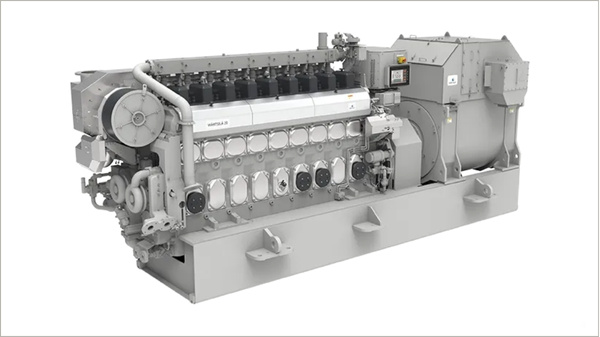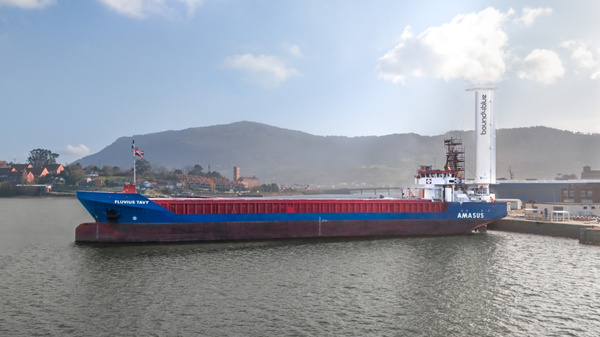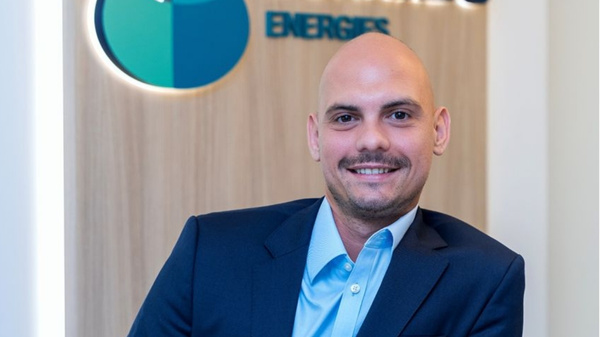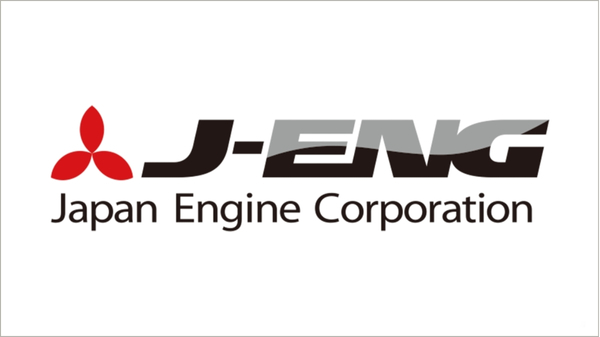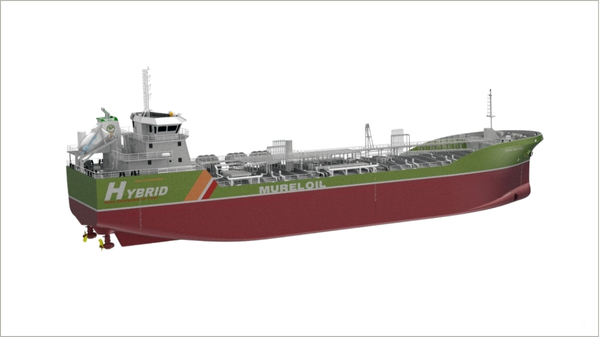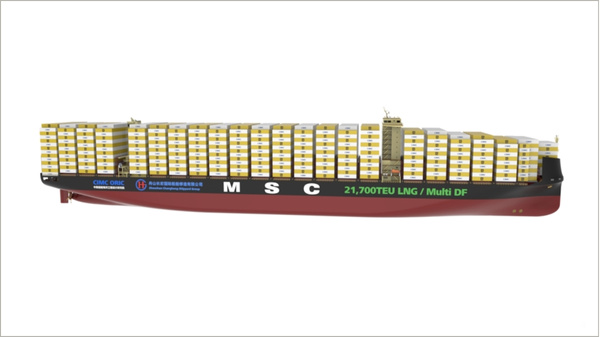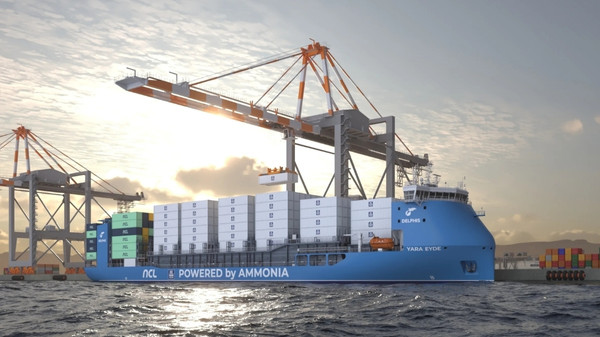Carnival Corporation & plc. reports that fuel expenses plummeted $194 million, or 36.8 percent, during the three months ended May 31, 2015, compared to the previous year.
Bunker fuel expenses amounted to $333 million between March and May, having been $527 million during the corresponding period in 2014.
Bunker fuel consumption rose by 8,000 tonnes, or 1.0 percent, to 810,000 tonnes, up from 802,000 tonnes last year. The figure was exactly the same as the March guidance forecast level of 810,000 tonnes.
The average fuel cost per metric tonne consumed nosedived $246 per tonne, or 37.4 percent, to $411 per tonne, down from $657 per tonne during the three months ended May 31, 2014. The latest quarterly figure was $9 higher than the March guidance price of $402 per metric tonne.
Fuel consumption per available lower berth day (ALBD) in the second fiscal quarter of 2015 fell to 0.042, down from 0.043 in 2014.
Net losses on fuel derivatives were $13 million compared to a net gain of $11 million in 2014.
Six-month figures
Fuel expenses for the six months ended May 31 were down by US$400 million, or 38 percent, to $650 million compared to $1,050 million last year.
During the same six-month period, Carnival consumed 1,593,000 tonnes of fuel compared to 1,603,000 tonnes during the prior year period.
The average fuel cost per metric tonne was down by $247, or 37.8 percent, to $408 per tonne, down from $655 per tonne during the first half of 2014.
2015 forecast
Please find below Carnival's fuel price and fuel consumption forecast for 2015.
Third-quarter 2015 forecast
Fuel price per metric tonne: $492
The average fuel price per metric tonne during the third quarter of 2014 was $650 per tonne.
Fuel consumption (metric tonnes): 790,000
The amount consumed during the third quarter of 2014 was 797,000 tonnes.
Full-year 2015 forecast
Fuel price per metric tonne: $444
The figure is $192 per tonne lower than Carnival's $636 per tonne average purchasing price in 2014. However, it is $38 higher than the company's March $406-per-tonne full-year forecast.
Fuel consumption (metric tonnes): 3,190,000
The figure is 4,000 tonnes lower than the 3,194,000 tonnes purchased by Carnival in 2014. Is is the same as the company's March full-year forecast.
Financial results
In its overall results for the second quarter of 2014, Carnival posted a non-GAAP net income of $193 million, or $0.15 diluted earnings per share (EPS) compared to non-GAAP net income for the second quarter of 2014 of $73 million, or $0.09 diluted EPS.
U.S. GAAP net income, which included unrealized gains on fuel derivatives of $34 million and $7 million of restructuring expenses, was $222 million, or $0.29 diluted EPS. Last year, second quarter U.S. GAAP net income was $98 million, or $0.13 diluted EPS.
Revenues for the second quarter of 2015 were $3.6 billion, in line with the previous year.
Commenting on the results, Carnival Corporation & plc President and CEO,
Arnold Donald, noted: "We more than doubled our second quarter earnings versus the comparable period a year ago and significantly exceeded our quarterly earnings guidance. Our initiatives to create demand and leverage our scale benefited both cruise ticket prices and onboard revenues contributing to 5% revenue yield improvement (constant currency) this quarter. While all of our North American brands enjoyed strong revenue yield improvement, our Carnival Cruise Line brand performed particularly well again this quarter. We thank our teams around the globe for their consistent delivery of exceptional guest experiences as well as our travel agent partners for their strong support, both of which are critical to our success."
Third quarter 2015 outlook
Third quarter constant currency net revenue yields are expected to be up 3 to 4 percent compared to the prior year (up 2 to 3 percent in constant dollars). Net cruise costs excluding fuel per ALBD for the third quarter are expected to be 2 to 3 percent higher on a constant dollar basis compared to the prior year. Changes in fuel prices net of derivatives, and currency is expected to reduce third quarter earnings by $0.06 per share.
Based on the above factors, the company expects non-GAAP diluted earnings for the third quarter 2015 to be in the range of $1.56 to $1.60 per share versus 2014 non-GAAP earnings of $1.58 per share.
2015 outlook
During the last thirteen weeks, fleetwide booking volumes for the next three quarters were said to be
running well ahead of last year at slightly lower prices due to transactional currency impacts. At this
time, cumulative advance bookings for the next three quarters are also described as being "well ahead" of the prior year at slightly lower prices - again due to transactional currency impacts.
Donald noted: "Current strength in booking volumes clearly demonstrates strong consumer
demand for our brands, leaving less inventory remaining for sale and building confidence in achieving
significant revenue yield improvement this year. We are stepping up our marketing investment for the
remainder of the year to further solidify our base of business for 2016 and drive continued yield
improvement as we progress on our path toward double digit return on invested capital."
The company expects full-year 2015 net revenue yields on a constant currency basis to be up 3 to 4 percent, which excludes translational and transactional currency impacts, compared to the prior year (up 2 to 3 percent on a constant dollar basis compared to the prior year). The company now expects full year 2015 net cruise costs excluding fuel per ALBD to be up approximately 3 percent compared to the prior year on a constant dollar basis, which is slightly higher than had been anticipated in the March guidance mainly due to increased investment in advertising.
Taking the above factors into consideration, the company has increased its full year 2015 non-
GAAP diluted earnings per share guidance to be in the range of $2.35 to $2.50, compared to 2014 non-
GAAP diluted earnings of $1.93 per share.
Image: Carnival Pride.



